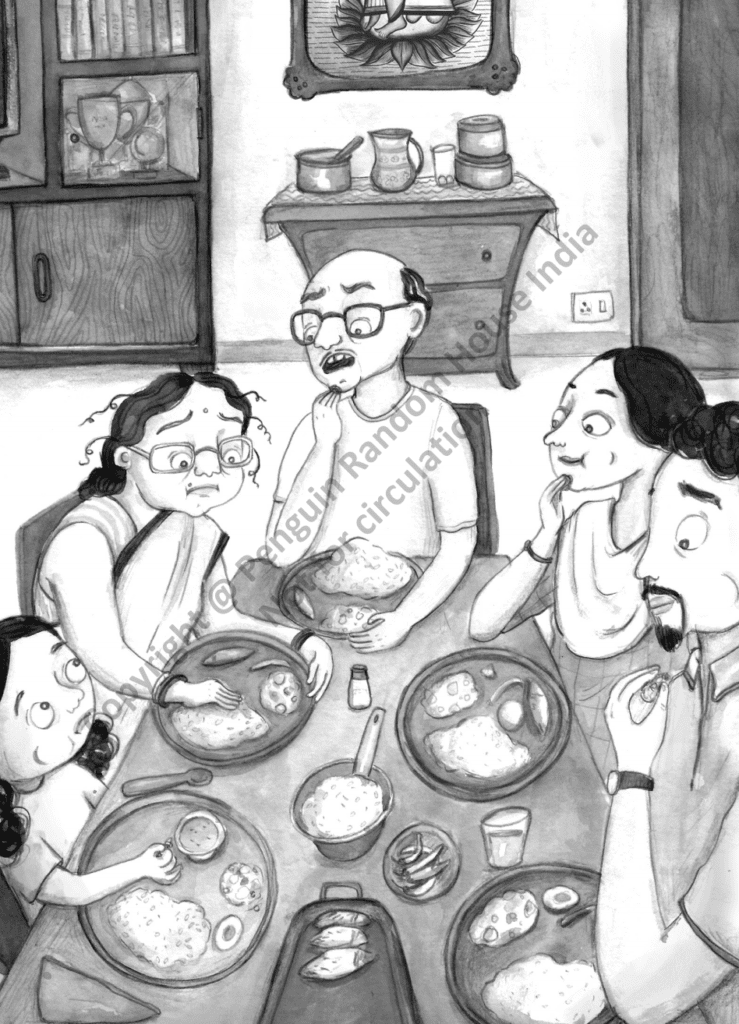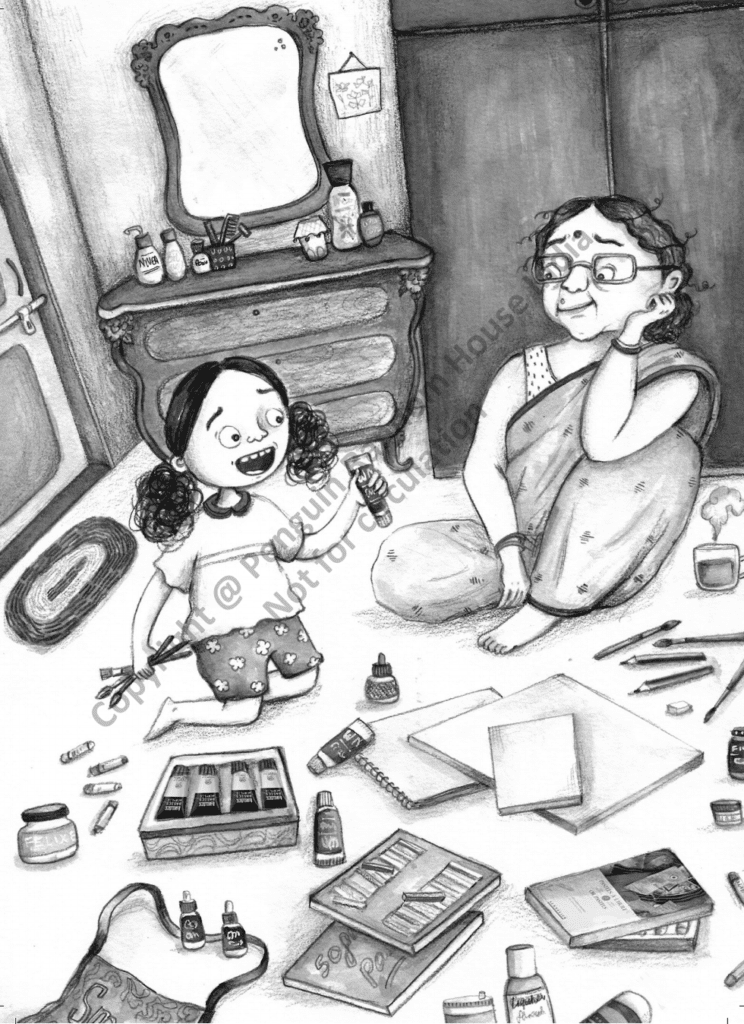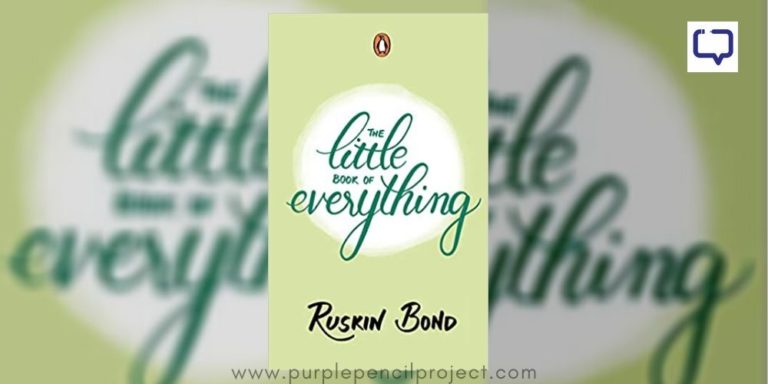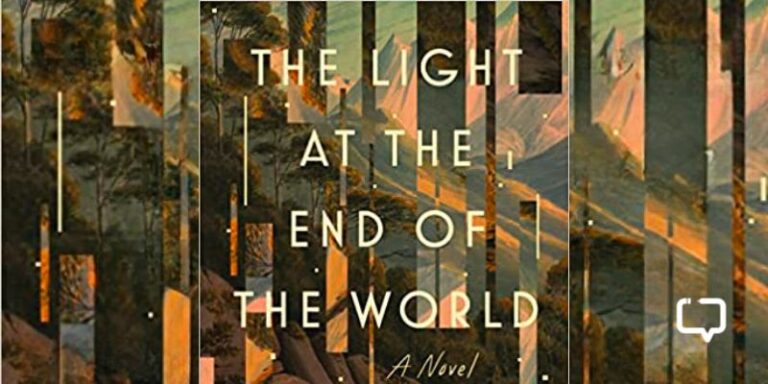We have all grown up with certain ideas about our grandmothers. But, how many of us have actually imagined her in a role different from that of a grandmother? As a woman, with her own life, her own hobbies and interests? My Grandmother’s Masterpiece by Madhurima Vidyarthi and illustrated by Tanvi Bhat takes the figure of a grandma out of its stereotypical imagery in this refreshing, must-read children’s book.
We encourage you to buy books from a local bookstore. If that is not possible, please use the links on the page and support us. Thank you.
My Grandmother’s Masterpiece is a must-read children’s book by Madhurima Vidyarthi, narrated through the perspective of a child, Nini. The story is about how Nini’s grandmother becomes an artist, thereby unearthing her long-lost passion for painting. A simple yet beautiful tale, My Grandmother’s Masterpiece is, at once heartwarming and inspiring.
About the Author
An endocrinologist by profession, Madhurima Vidyarthi always knew that she wanted to be a writer. After spending a good part of her life in London, she moved to Calcutta where she began working. My Grandmother’s Masterpiece is her first literary venture. Vidyarthi also loves to eat good food, and travel.
A Quick Glance at the Story
My Grandmother’s Masterpiece is a story from the point of view of the child, Nini. It portrays a Bengali household, where Nini lives with her working parents and her grandparents. While her mother is out to work, it is Nini’s minima who takes care of her and all her needs throughout the day. One day, Nini happens to discover that her grandmother used to be a great artist.
Nini wants her grandmother to restart painting, but it took a lot of urging for Minima to finally start doing what she loves. After that, there was no stopping her. At the end of the story, we see that Minima succeeds in selling off one of her best paintings. With the money that she earns, she buys herself some paints that she had been wishing for for a long time.
Two Different Images of a Woman
In My Grandmother’s Masterpiece, the reader witnesses two different images of a woman. One is Nini’s mother, who has a job and is financially independent. She does not need anyone to help her buy something she needs or wants. Moreover, Nini’s mother’s role is not constricted to that of a housewife, or her identity as a mother. She works and earns on equal terms as her husband. She is not someone to stick to the kitchen or to the household chores.
On the other side, there is Minima. Having been a housewife throughout her life, people can barely imagine her out of this role anymore. Her husband makes fun of her when she is praised for being a great artist. According to him, painting isn’t suitable “for her age”:
‘That’s a good joke, Nini! Draw and paint at this age – ha ha! Good joke! What else will she do? Go and work in an office? Ha ha!
She would do better helping in the kitchen or in the temple. It is with Minima that we see patriarchal stereotypes associated with a woman at work. Even Nini cannot imagine her grandmother being anything else except the caretaker of the house. She can scarcely imagine Minima as an artist. What is going to be interesting to see is how Minima breaks these shackles of stereotypes binding her and moves on to regain her sense of self.
Why it’s a must-read children’s book.
The masterpiece being talked about in the title is the one which Minima paints towards the end of the story, the one that finally earns her an income and her financial independence. However, there is a metaphorical masterpiece at play here. The painting in its true sense isn’t the only masterpiece. Minima’s masterpiece is in fact her ability to speak for herself. When the men come over to Minima’s house to negotiate a price for the painting, Minima’s husband stops them and tries to belittle the work of art. It is then that Minima finally raises her voice:
‘Keep quiet!’ said Minima to Dada, and we jumped at how fierce she sounded. ‘It’s my painting.’


Conclusion
My Grandmother’s Masterpiece is, in fact, a true masterpiece as it shows the growth of a woman from dependence to independence and self-worth. What is special about Minima is the fact that she inspires women to not give up on their passions whatever their age. We are never too old to do what makes us happy and satisfied in life. That it is wrapped in a beautiful, heartwarming must read children’s book, is an added bonus, but holds a lesson for all readers, regardless of age.
Best Quotes
Minima loved best to sit on the floor and work, carrying her things from one place to the next. Just three things actually – her paint box, her drawing book, and an old geometry box that she put her pencils in.






















